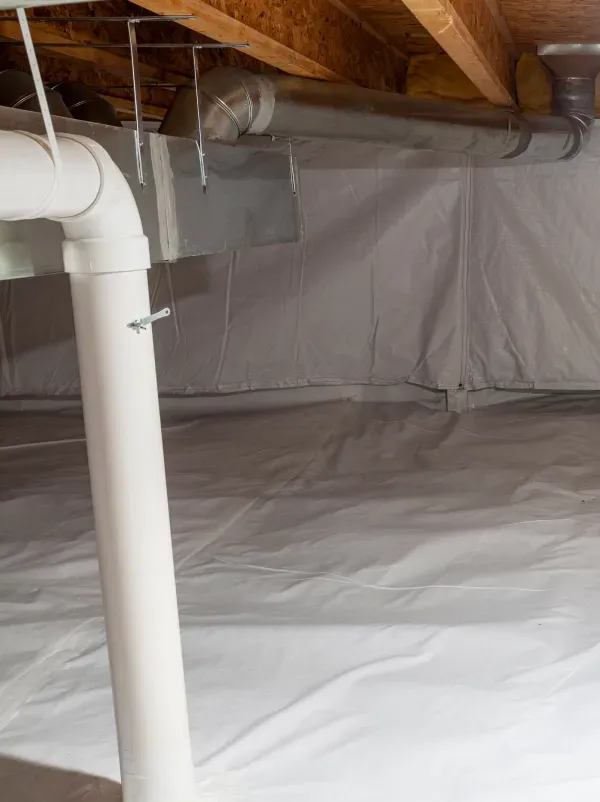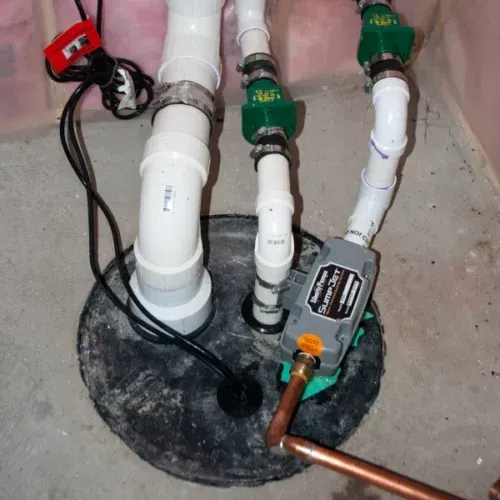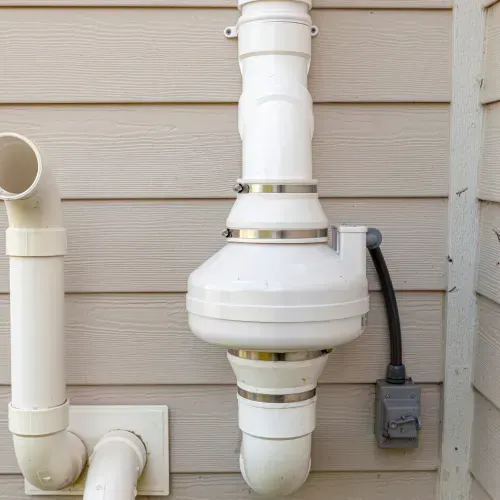FAQ
Frequently Asked Questions
How does a radon reduction system work?
A sub-slab depressurization system is what they call a radon reduction system. This process creates a negative pressure under your home’s foundation to seal your home tight against the ground while pulling the air out of the soil. That’s why it’s essential to seal the cracks in your basement floor, foundation walls, and sump pit to prevent the radon from entering your home. Doing this will help reduce heating and cooling costs when operating a radon reduction system.
What are the components of a radon reduction system?
A basic component of it is to seal cracks and other openings in the basement floor, foundation, and sump pit is a basic component of a radon reduction system. The EPA discourages using sealing alone to limit radon entry as sealing alone has not been shown to significantly lower radon levels. The most important component of a radon reduction system is installing a reduction blower and vent pipe from the basement floor to the roof.
Will the system be noticeable on my home?
The ideal installation makes use of an attached garage where the vent pipe and reduction blower are hidden from view outside the home. If the home does not have an attached garage, one option is to route the vent pipe from the basement, up through an interior closet, and into the attic where the reduction blower is installed. The most economical option is to route the vent pipe directly through the basement wall to the outside of the home and up along the exterior or the home – certainly a workable option if it won’t affect the home’s aesthetics.
How much does it cost to have a radon reduction system installed?
The installation of a radon reduction system will vary by project. Some projects may require the replacement of a pedestal sump pump with a submersible sump pump in order to form an airtight seal around the sump pit, sealing multiple sump pits, routing the system vent pipe over an extended distance, caulking cracks in the basements floor and foundation, installing multiple sub-slab suction points, or installing a radon barrier in a crawl space with a dirt or gravel floor. For all these reasons we offer a free consultation and estimate, giving you the information you need to make the best decision for your home.
Do you test my home after installing a reduction system?
Always. We re-test your home after the reduction system has been operating for 24 hours. It is the only way to know for sure the system is doing its job. If the radon reduction system was installed as a contingency to a real estate transaction, a post system verification test with supporting documentation is mandatory.
Why is there a 24-hour delay to perform the verification test?
EPA/NEHA protocol states that a short-term follow-up test is to begin no sooner than 24 hours after the radon reduction system is initially turned on. This 24 hour delay allows the reduction system to reduce the accumulated radon to the true level one expects with an active reduction system. Starting the verification test as soon as the reduction system is turned on can result in an inaccurate radon level reading.


Radon Mitigation System
We have been serving Grafton, WI area for more than 21 years. We are confident that we can provide you with quality radon mitigation system services.

Radon System Maintenance
We are certified to provide any homeowner with radon testing services. If you need a radon system maintenance service, we are the company you’re looking for!
Send Us A Request
If you’re looking for a reliable and certified radon mitigation company in Grafton, WI, call our experts at (262) 930-1515 or fill out the form!
Office Numbers
Location
Grafton, WI
Reach Out Today
We will get back to you as soon as possible.
Please try again later.
